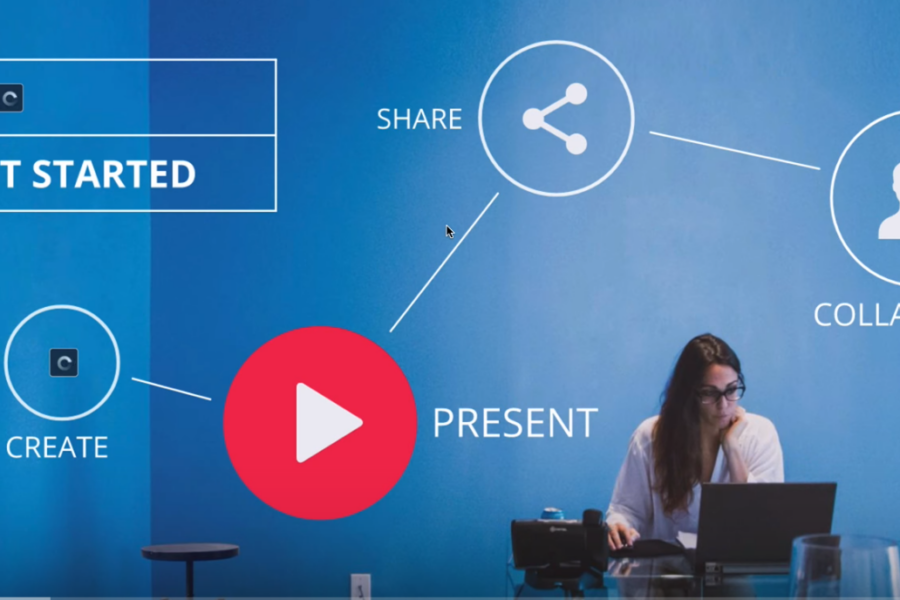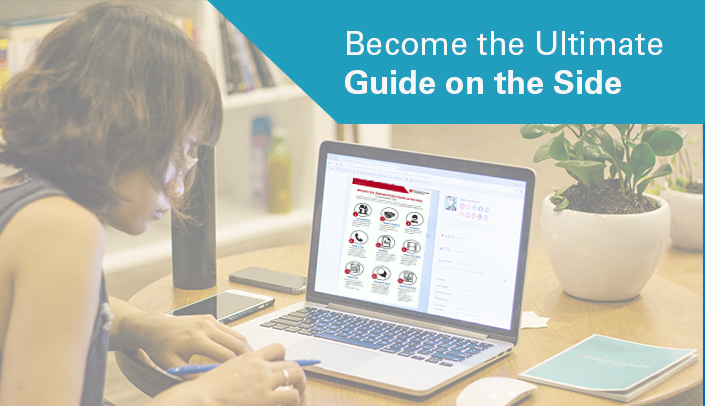Category: Classroom Teaching
Wednesday Wisdom: Enhancing Learning Using Interleaving Techniques (part 6 in education series)
This is part 6 in our 6 part education series and covers enhancing learning using interleaving techniques. What are interleaving techniques? Interleaving is a method that arranges and recalls information in a noncontiguous manner, making learning “systems” more efficient and reliable. Interleaving helps learners establish and use brain files for better retrieval. It benefits both instructors […]
May 3, 2017

Should I Use this App?
Technology has put a wealth of information at our fingertips (literally). Smart devices have become powerful education tools. There are thousands of academic apps that can be streamed easily to these devices; however, deciding which app to incorporate into your curriculum might be overwhelming. According to Learning in Hand, an effective app is one that does what […]
May 1, 2017

Try the new Prezi Next
Teacher’s Tech offers you this quick start video on using the new Prezi Next. Prezi Next offers you the ability to adapt your presentation based on what the audience wants or needs. With this new Prezi tool, you do not need to present in a linear fashion and can easily move to different topics and subtopics. Topics will […]
May 1, 2017

How to Become the Ultimate Guide on the Side
Connecting with students is important, doubly so when you’re in an online environment. Check out this infographic that gives 9 tips to go from the sage on the stage to the guide on the side. About the Author Analisa McMillan, MSEd, is the Director of Distance Education at the College of Public Health at the […]
Apr 26, 2017

Wednesday Wisdom:Learning Through Dual Coding (part 5 in education series)
This is part 5 in our 6 part education series and covers enhancing learning using dual coding. What is Dual Coding? The Dual Coding theory supports the notion that there are two pathways for encoding information to memory – one verbal and one visual.1-3 This theory addresses the impact of extraneous cognitive load on learners […]
Apr 19, 2017

Incorporating Addiction Support Groups in Health Professional Education
As part of their professional education, I recommended that health professional students attend an open 12-step substance use disorder (SUD; aka addiction) support group or groups. Ideally, students should attend a program for those directly impacted with SUD’s such as Alcoholics Anonymous (A.A.) or Narcotics Anonymous (NA), in addition to attending Al-Anon, a program for those impacted by another’s […]
Apr 19, 2017

Expand Your Teaching Skills with the MHPTT Program
The Master of Health Professions Teaching and Technology (MHPTT)* program, offered by the College of Allied Health Professions, is completed entirely online and provides health professions educators with a foundation in teaching and technology skills for successful instruction of health science students. Taught by an interprofessional faculty team, the program consists of core and elective courses […]
Apr 14, 2017

Article Plus 5 – April 2017
Spotlight Article What does it mean to “think critically,” especially in the context of health science? It is becoming apparent that education in this field is needing to shift from content memorization to the processes of thought itself, creating a need for the understanding of its methods. This article takes a look at critical thinking and breaks the methodology […]
Apr 12, 2017

Wednesday Wisdom: Learning through Elaboration (part 4 in education series)
This is part 4 in our 6 part education series and covers learning through elaboration. What is learning through elaboration? Elaboration strategies make connections between different ideas, thus, helping students understand how seemingly disparate pieces of information are connected.1-3 There are a variety of strategies that can be used: mnemonics, rewriting, note-taking, comparisons, and self-questioning.4 How […]
Apr 12, 2017

Wednesday Wisdom: Enhancing Learning Using Concrete Examples (part 3 in education series)
This is part 3 in our 6 part education series and covers enhancing learning using concrete examples. What is it learning using concrete examples? As novices, students often gain a false sense of confidence in their abilities to memorize new material. Using concrete, relevant, real life examples can help students understand abstract ideas and extend […]
Apr 5, 2017

Subscribe
Have questions or want to become a contributor? Email us.